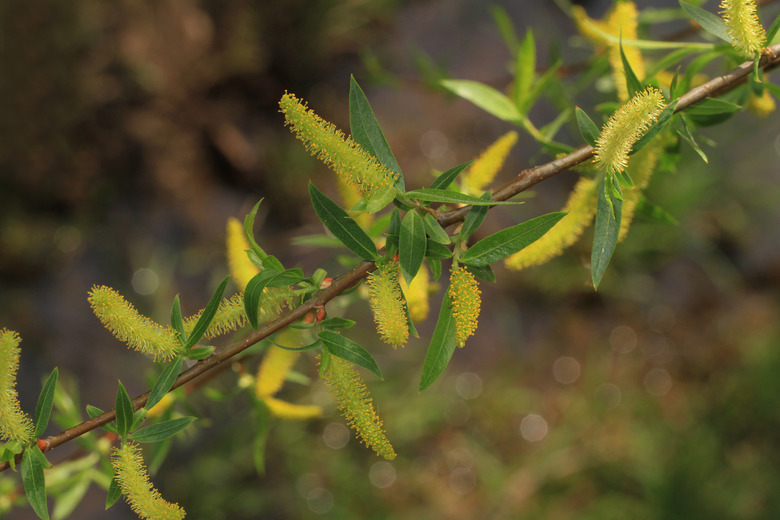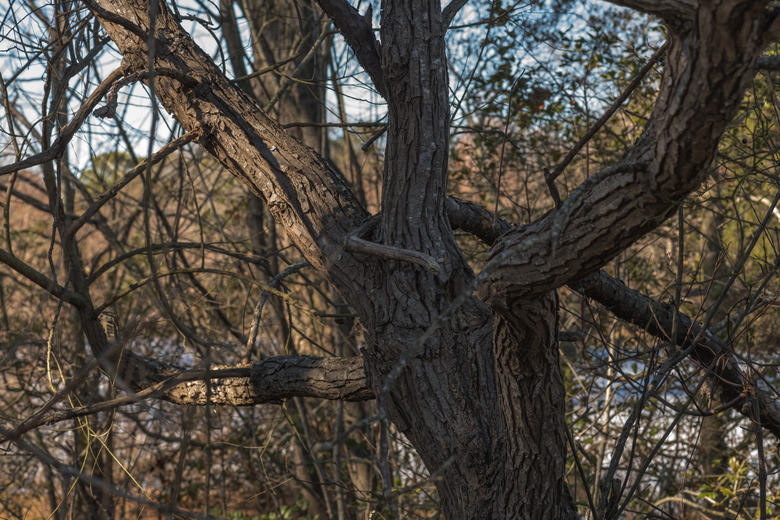Black Willow Tree Facts
Native to much of eastern North America as far west as the Rocky Mountains, the black willow (Salix nigra) is a large, fast-growing deciduous tree known for its dark bark. This species grows primarily in river banks, floodplains and other wetlands. The black willow tree can survive winters in USDA plant hardiness zones 4 to 9.
Black Willow Tree Identification
The black willow tree is one of the largest species of native willows, with a height between 30 and 60 feet. This willow tree gets its common name from its bark, which is a grayish, dark brown color and has a rough, scaly texture and deep furrows.
Black willow leaves are simple, narrow and lance-shaped with finely serrated edges and a length of up to 6 inches.
Meanwhile, black willow flowers, which are yellowish-green in color and grow on catkins, are not showy. These trees are dioecious, which means that male and female flowers grow on separate trees. The male catkins emerge earlier than the female catkins.
Black willow trees produce fruit in the form of reddish-brown capsules that contain many seeds.
Growing Black Willow Trees
The black willow tree grows best in full sun. As long as it has plenty of soil moisture, it can grow in a variety of soil types, including acidic and alkaline soils as well as clay and sandy soils.
Tip
Black willow trees thrive in wet soil and do not handle drought well.
Black Willow Pests and Diseases
Trees in the willow family, including black willows, are targeted by a number of insect pests, including tent caterpillars, willow sawflies and aphids, which are small insects that feed on the plant sap that they extract from the underside of leaves.
You should note, however, that not all of the insects that you might spot on a black willow are harmful to the tree. This tree is also an important host for the larvae of several butterfly species, including the eastern tiger swallowtail, the viceroy, the mourning cloak and several types of bees and other pollinators.
These trees are also prone to fungal diseases that cause crown galls and cankers.
Black Willow Tree Uses
The wood of the black willow is prone to breakage, especially when weighed down by ice and snow, which is why it is not the best option for residential landscapes. However, the timber from the species can be used to fashion cabinets and other furniture.
When planting a black willow tree, it is also important to be aware that these trees have a shallow root system that can clog drains and sewers. Because of their shallow roots, however, black willow trees can be helpful when it comes to erosion control.
Tip
Weak wood that breaks easily and shallow, potentially invasive roots are two downsides of growing black willow trees.
It is also worth noting that the leaves of this tree often cause litter, which is why the tree is considered messy and is not recommended for home gardens.

